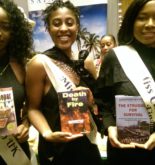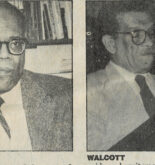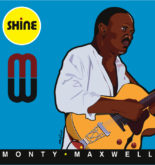An engrossing and delightful account
of the history, folklore, culture, and pathos of the Roseau Valley…
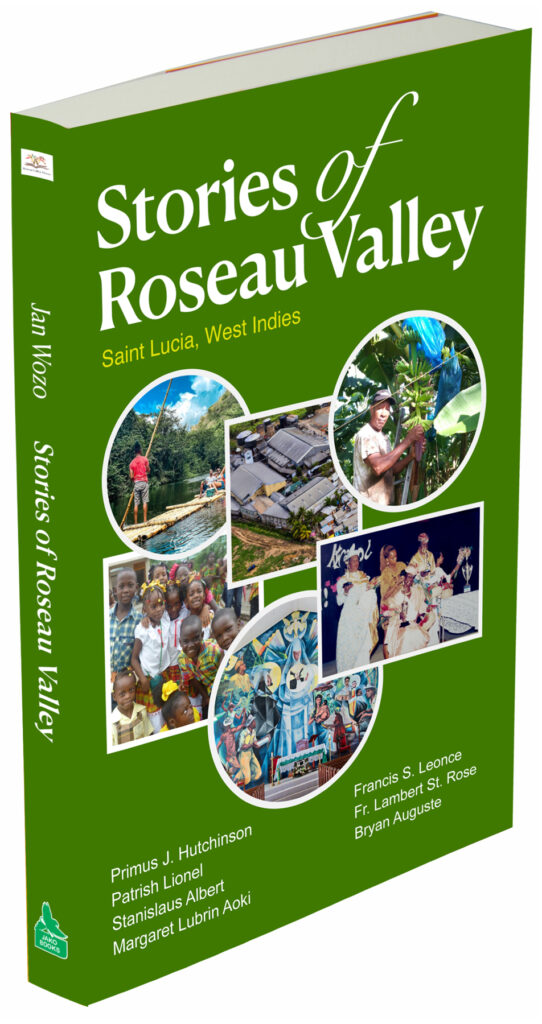
Amazon Publication Date: March 1, 2024 ISBN-13: 978-1-7332913-9-2
Praise for Stories of Roseau Valley
“This bold attempt (by the people of the Roseau Valley) to document their history for posterity, should be considered admirable and must be graciously complimented and applauded…a fascinating and intriguing account…It is hoped that this effort will catalyse more community-oriented historical documentation today and tomorrow, for the sake of our future and the benefit of us all.” — Sir Calixte George, author of St. Mary’s College: The Caribbean’s Nobel Laureate School
“Stories of Roseau Valley is a very welcome addition to the volumes that record the complex history of our island … a valuable contribution to our growing national literature. It is amazing how much is packed into this important document.” — John Robert Lee, poet, journalist, literary critic
The Roseau Story is worth more than just reading, as it’s also a crystal-clear example of a community watching itself in the mirror and telling the world not just what it sees, but from whence it cometh, where it’s been hence and inviting you to ponder on whither it’s future… (the story) is worth every sentence, paragraph, and chapter. — Earl Bousquet, journalist
Stories of Roseau Valley presents an engrossing and delightful account of the history, folklore, culture, and pathos of a region of St. Lucia that in the not-too-distant past played a central role in the economics of the island and the survival of its people. — Dr. Anderson Reynolds, author of No Man’s Land: A Political Introspection of St. Lucia

A Poetic Tribute to Jan Wozo & Stories of Roseau Valley
by world acclaimed St. Lucian/Canadian poet, Canisia Lubrin
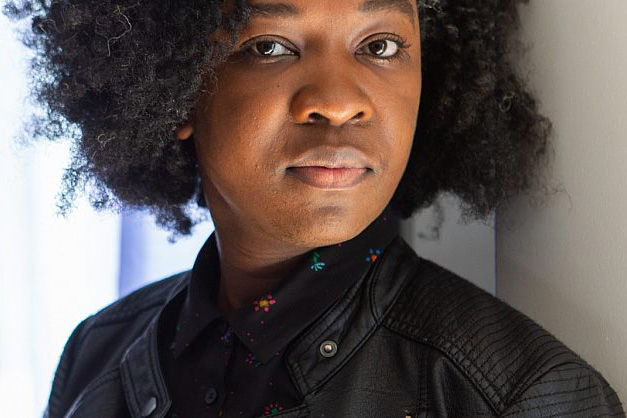
The world nests the body. We walk through the mornings of
our stories, nesting there. Nesting, we said, we spent this
world mourning blissfully. Inside a long time, we dreamed—
and what. We said, these are our rivers. Mango and kwibish
are two in the dew of our visions. And fireflies light our walk
on the trail storms have swept over the bananes. Such wonders
are never finished.
The world, we say, we are the world.
Our raw things are not costume. Practice is endurance. Allez,
we say, survive this world, and suppose:
…Blocks of bare, weathered wood could be to the tree, a future
life, or a world after charcoal.
…Who can explain the scent of bay leaves and steam mocking
great clouds on the galvanized roof of leaning kitchens. Those
details can only expect us.
…The black rain filling an old sea’s schools of black fish. Hear
the surf in us.
…The potter who knows ceramic is not the soil. The mountain
and the road leading to everywhere after nowhere new.
… The world of fishermen and the mothers of generations
razing the plantations. What living fills their eyes. That’s
where the world is. Full of all of us seated at a table all along
this crossing valley. Hear us in the tenor of Roseau’s song.
Stories of Roseau Valley, How it all Began
Jounen Kwéyòl, an annual celebration of Saint Lucia’s culture and creole language, was first held in Mon Repos in 1984. As the festival began to outgrow each selected community, others were invited to participate. Now, each year, three or four are selected from different cardinal points of the island.
Jounen Kwéyòl was first hosted in the Roseau Valley (in Jacmel in 1997) when Anne Lubrin (better known as Monica) captured both the community and national titles of La Wenn Kwéyòl (The Creole Queen).
In 2016 (19 years later), Jacmel was again selected to host Jounen Kwéyòl and Angela Simon (better known as Feria) captured the national title of La Wenn Kwéyòl.
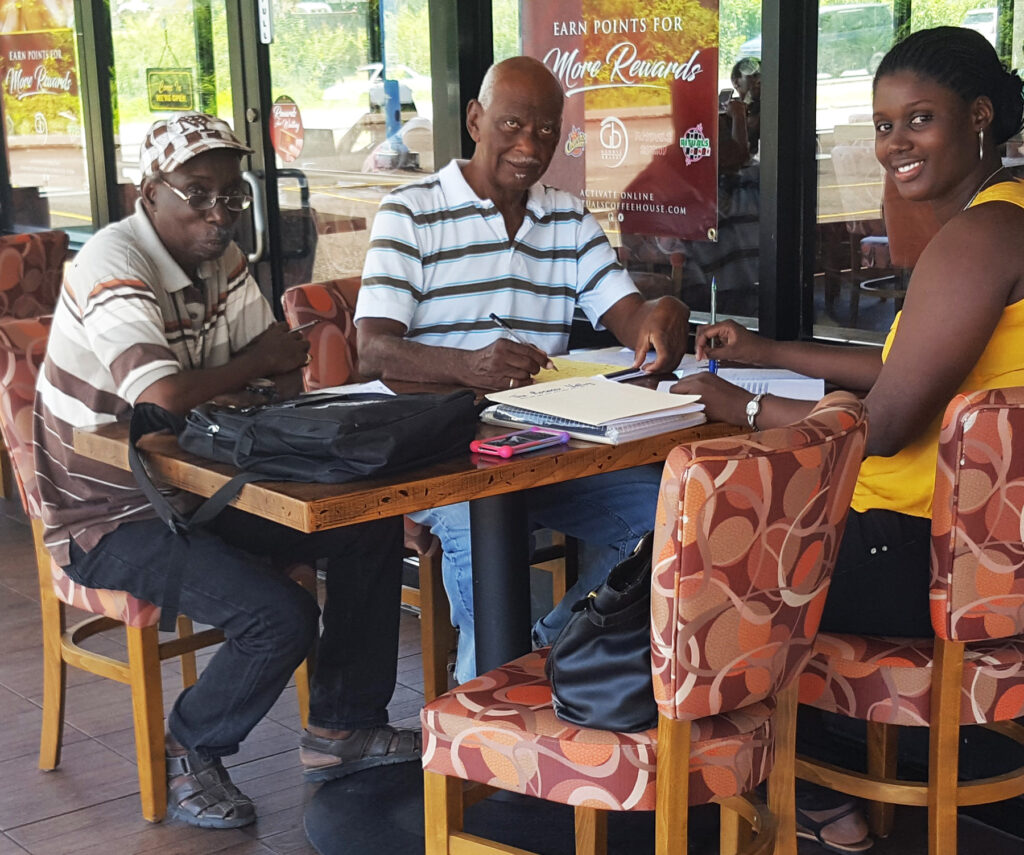
March 16, 2016, marked the commencement of plans to again host Jounen Kwéyòl in Jacmel. As this formed part of observance of Creole Heritage Month in October, the Jacmel Jounen Kwéyòl Committee hosted a cultural activity every week leading to the national celebration. On the recommendation of the then Executive Director of the Folk Research Centre (FRC), a booklet on a brief history of Roseau Valley was scheduled for publication in time for the activity culminating on October 30.
The committee could not produce the booklet in time for Jounen Kwéyòl as planned, but the team decided the project should continue and could perhaps include some additional historical information on life in “The Valley”.
To this end, a research committee comprising Primus J. Hutchinson, Patrish Lionel, Stanislaus Albert, and subsequently by invitation, Francis S. Leonce, was formed. The team met as often as was possible to put together this publication; the finalising of which effectively spanned a little over seven years with Covid-19 severely affecting the latter years of 2020- 2022.
Now, in 2024, it is with immense pleasure and bated breath that we bring to you Stories of Roseau Valley.

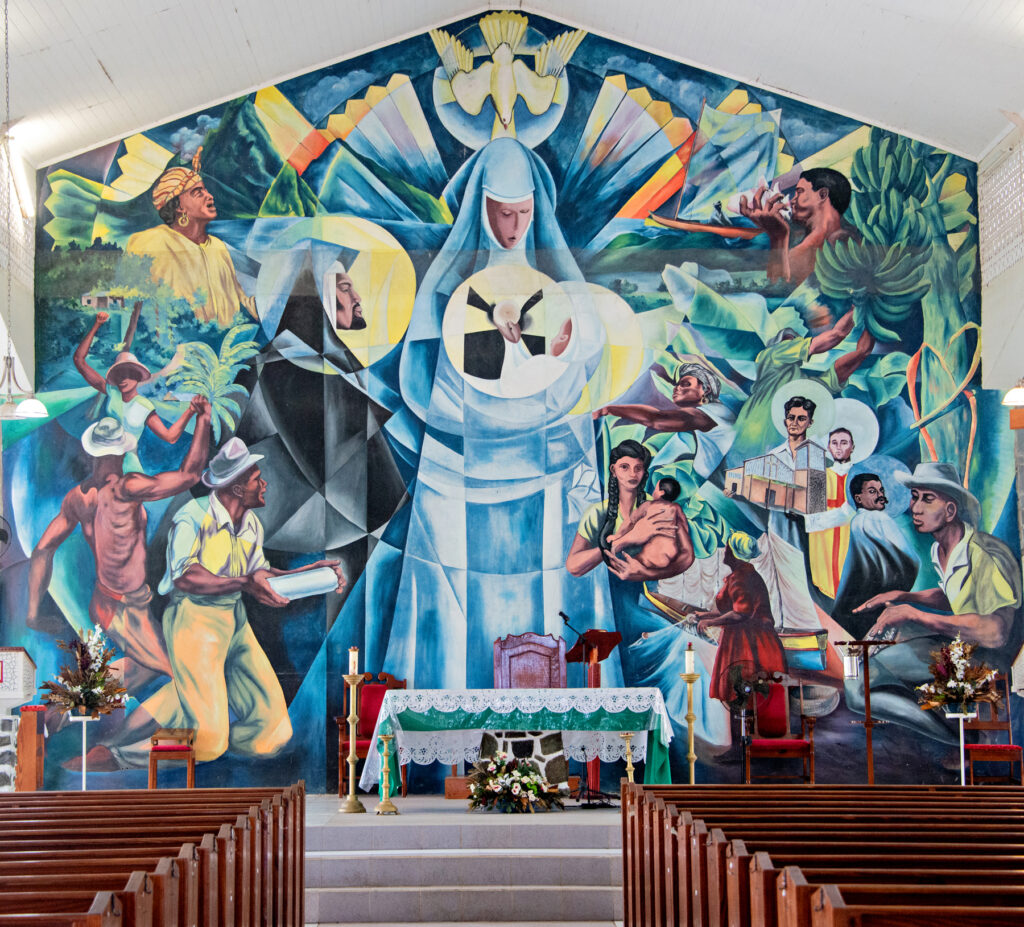
A Review
by Sir Calixte George, author of St. Mary’s College:
The Caribbean’s Nobel Laureate School
When one considers that ‘Jan Wozo’ (Roseau People) were widely considered to be the most ignorant, uncivilised, illiterate and backward people of Saint Lucia, this bold attempt by the present generation of the people of the area, led by Primus J. Hutchinson, to document their history for posterity, should be considered admirable and must be graciously complemented and applauded.
Although William Muter, the then owner of Roseau Estate had started the first and only estate school in Saint Lucia in 1836, it was not until 1955—120 years after Emancipation—that educational authorities assigned a qualified teacher, Jones Jn. Baptiste, of the St. Aloysius Roman Catholic (R.C.) Boys School of Castries, to initiate a schoolroom in the Roseau Valley.
This embryonic school-room, over the years, evolved into the Roseau Combined School, which evidently satisfied the primary educational needs of Roseau and all surrounding satellite settlements of the Valley.
With the advent of secondary education in 2006, through the establishment of the Marigot Secondary School (now the Stanley Jon Odlum Memorial Secondary School) under a Roseau resident, Mrs. Irene Dujon, there has been, in recent times, a general upliftment of the educational health of the people of the Roseau Valley.
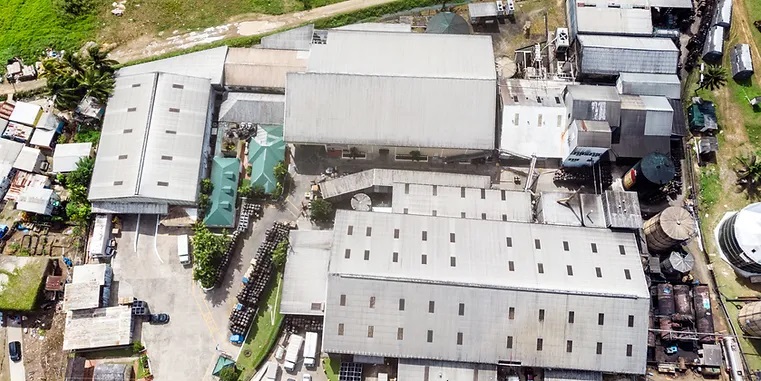
This is evident by the accounts given by the authors (Primus J. Hutchinson, Stanislaus Albert, Patrish Lionel, etc.) on the social, economic, and religious aspects of life in the Valley.
Attention must also be drawn to certain enlightened features of this fascinating and intriguing book. Of particular significance is the living history depicted in Sir Dunstan St. Omer’s mural at the Church of the Holy Family at Jacmel, with its exciting and innovative theological perspectives. In that regard, Fr. Lambert St. Rose’s contribution is illuminating and worthy of note.
An unexpected, unplanned consequence of this masterpiece work (St. Omer’s mural) is the elevation of Roseau Valley to a special national position as an authentic, creative, indigenous tourist attraction. Francis Leonce’s contribution, focusing specifically on the agricultural life of Roseau, is well-documented and worthy of serious consideration by socio-economic policymakers on future national agricultural development.
The Model Farm experience, in particular, clearly indicates that Saint Lucia can be competitive with Central American banana production.
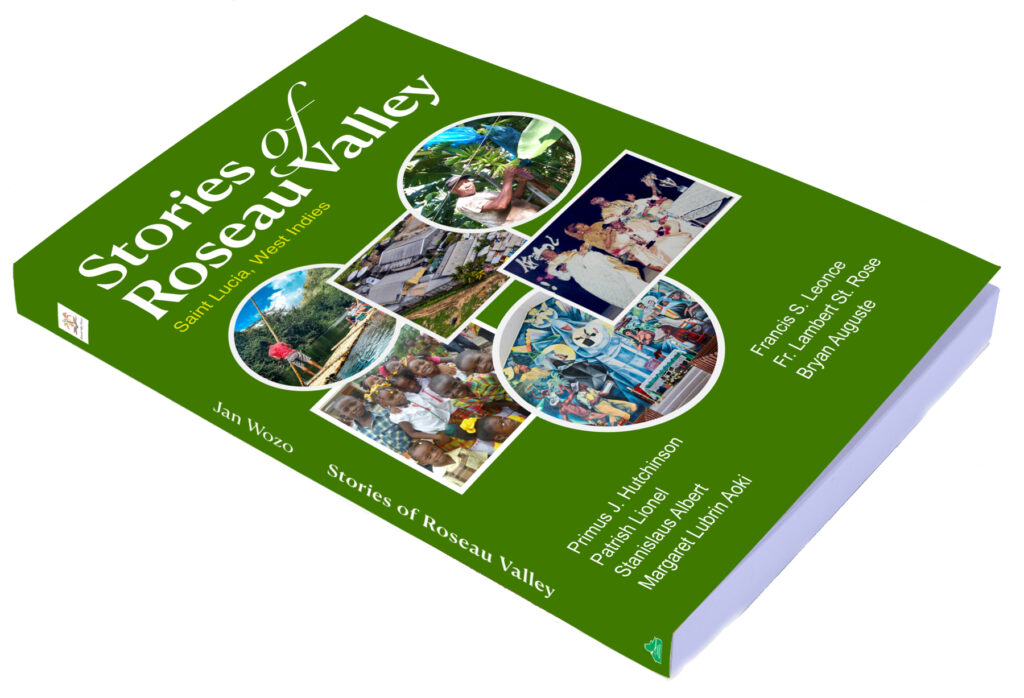
In addition, Leonce teaches several useful lessons in land use, land reform and agricultural technology and practices in respect of building resilience for future climate change challenges.
Further, as revealed in the book, the Roseau Valley’s well-earned but little-known and hardly-acknowledged international reputation developed in and from banana research and development, is another serious lesson to be studied and embraced in any future national agricultural development endeavour.
It is heartening that the book raises awareness of the rapidly increasing number of Roseau personalities—journalists, teachers, nurses, farmers, sporting champions, youth leaders, civil servants, entrepreneurs—making their mark at the national level.
Of these, the pioneering work of Johanan Dujon of Algas Organics, which continues to gain him and Saint Lucia international attention, is also worthy of special praise. It is hoped that Stories of Roseau Valley will catalyse more community-oriented historical documentation today and tomorrow, for the sake of our future and for the benefit of us all.
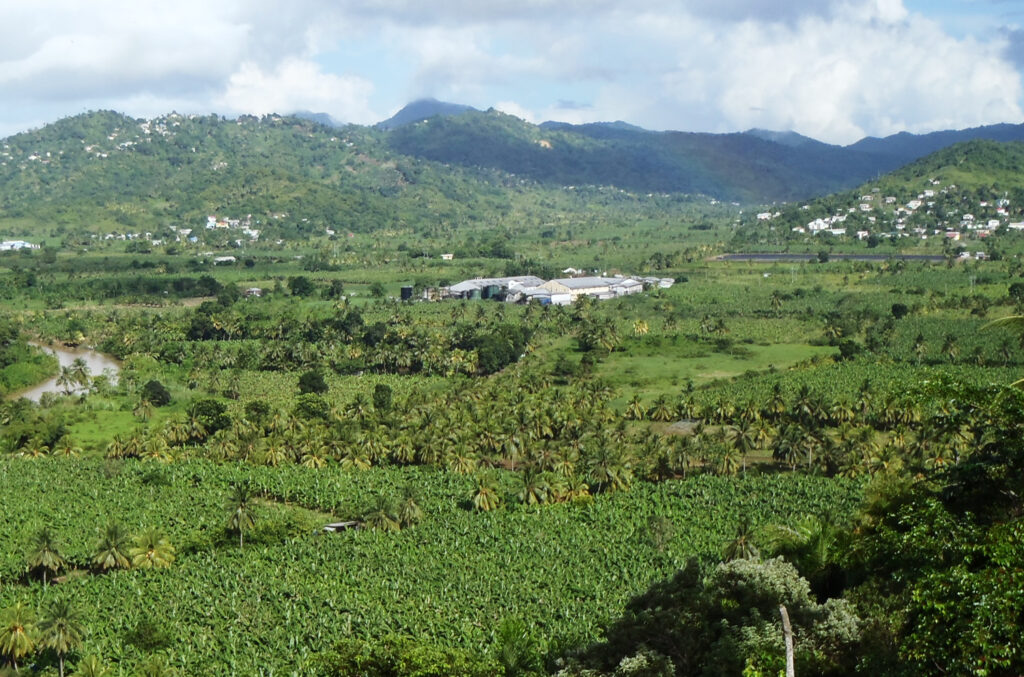
A Review
by John Robert Lee, author Belmont Portfolio,
and several other poetry collections
Community histories are relatively rare. We do have a few national histories of Saint Lucia, some book-length analyses of fairly recent political developments by journalists which provide a certain historical perspective. We have very few books on our traditional culture that provide a record of those aspects of our lives. At least one major book of reviews of literature and theatre offers glimpses of the development of our writers and dramatists. One major illustrated book on dance, a tiny number of biographies. But histories of the island’s communities, especially rural communities, with documentation of their growth, folklore, personalities are relatively rare.
So Stories of Roseau Valley compiled by a number of well-known persons from the Valley and surrounding areas, is a very welcome addition to the volumes that record the complex history of our island. Roseau Valley, made up of several satellite communities, is part of the Anse la Raye/Canaries constituency on Saint Lucia’s west coast.
Several years in the conceptualizing and compilation, it offers a well-researched historical perspective with relevant anecdotes. It traces in a very readable way, the development of the area from a sugar belt to a banana producing region to its present-day situations. The culture, folklore and recreational activities are closely researched, with personalized descriptions, biographical details of the lives of many of the well-known “characters” and prominent personalities of the districts, many now deceased.
Educational development and facilities, the strong influence of the Catholic Church, its priests, and congregations, as well as recent developments in the Valley are all set out very thoroughly.
With a Foreword by Sir Calixte George, former agriculturist and Minister of Government who was very familiar with Roseau Valley, this book is a valuable contribution to our growing national literature. It is amazing how much is packed into this important document.

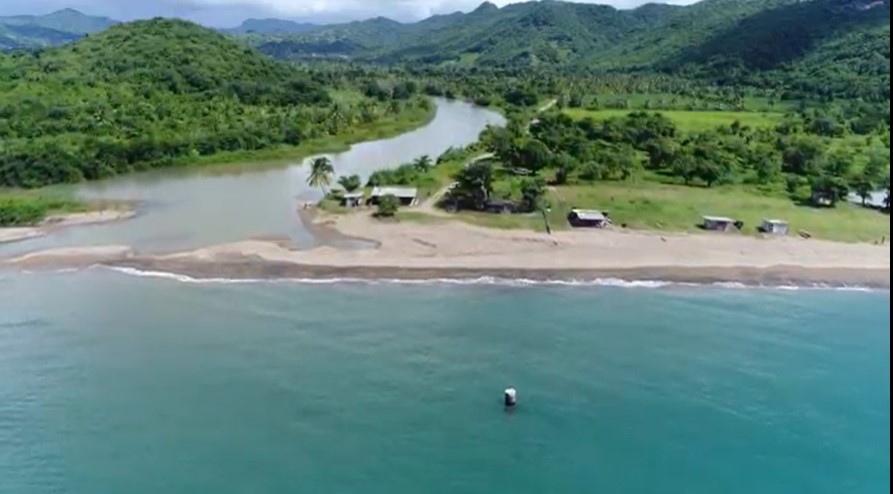
The Contributors
Primus J. Hutchinson
Primus is a retired public servant from the community of Jacmel. He has given over 25 years’ service at the Government Information Service (GIS) and over 20 years’ service (as a part-time employee) at the then national radio station, Radio Saint Lucia (RSL) and has close to 40 years’ experience in broadcast journalism. He holds a Diploma in Mass Communication and Certificate in Communication Arts from CARIMAC, University of the West Indies, Mona, Jamaica. Mr. Hutchinson holds several awards in journalism including a national award for service to broadcasting and the kwéyòl language.
Patrish Lionel
Patrish hails from the community of Jacmel but also grew up in Vanard and spent several of her childhood years in England. She has held leadership roles in the Morne Ciseaux, Bois d’Inde, Morne d’Or, Jacmel (MBMJ) Development Committee, and several others. Beyond her community engagement, Patrish is also a pageant enthusiast having captured the title of Miss Anse La Raye 2008 and placed 1st runner up in the Miss Saint Lucia Universe pageant. She is also a proud nature and hike lover, having visited over 100 of Saint Lucia’s pristine beaches and secluded coves and over 19 waterfalls as part of a personal quest that started in 2017. Ms. Lionel holds a Bachelor’s Degree in Human Resource Management from the University of the West Indies and is currently employed with the Saint Lucia Public Service.
Stanislaus Albert
Stanislaus is a Police Officer by profession and was born in Bois Den (sic) but grew up in Jacmel when the Roseau Valley was in its glory days. He became involved in community work at the age of 14, with his first leadership role in scouting. Later, he participated in various organisations, ranging from church to community groups and even national-level initiatives. His enduring love for books and writing fueled his dream of becoming a journalist one day. He currently serves as the President of the Morne Ciseaux, Bois d’Inde, Morne d’Or, Jacmel Development Committee and continues to serve his community in every way possible.
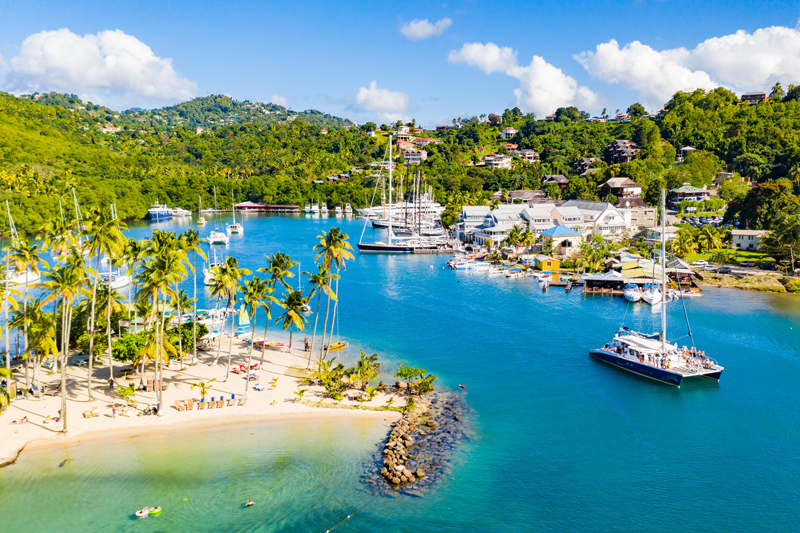
Francis S. Leonce
Francis is a Graduate of the Ontario Agricultural College, Guelph, Canada, with Bachelor of Science and Master of Science degrees in Agriculture from the University of Toronto. He has held various positions including Agricultural Research Officer with the Saint Lucia Department of Agriculture, Post Harvest Technologist with WINBAN R&D, and Technical Director and Managing Director with Geest Industries (W.I.) Limited. Mr. Leonce has also served as Directors of the National Commercial Bank and the National Development Corporation, Chairman and Director of the Saint Lucia Development Bank and the Beausejour Livestock Co. Limited, Deputy Chairman of the National Council for Science and Technology, and member of the National Economic Council. He was awarded an OBE in 1992 for his contributions to the Agricultural Services.
Sir Calixte George
Sir Calixte George is a former President of the Saint Lucia Senate and Minister of Agriculture, who also held Cabinet responsibility for Home Affairs and National Security, as well as Telecommunications. He is also a former Executive Director of the Caribbean Agricultural Research and Development Institute (CARDI) and author of St. Mary’s College – The Caribbean’s Nobel Laureates School (2019).
Earl Bousquet
Earl M. Bousquet (SLMH-Gold) has been a journalist since 1976. He served as Editor of The Crusader, The Star, and The Voice of Saint Lucia newspapers, as well as a Director and presenter at Radio Saint Lucia (RSL). He was the President of the Saint Lucia Media Workers Association (SLMWA), Vice President of the Caribbean Association of Media Workers (CAMWORK) and Vice President of the International Organisation of Journalists (IOJ). In 2016, Earl was honoured by the Government of Saint Lucia with the Saint Lucia Medal of Honour (GOLD) for his contributions to the development of journalism and training of journalists across CARICOM. He currently writes a local and regional online newspaper column entitled Chronicles of a Chronic Caribbean Chronicler, and hosts a Sunday TV programme called Earl@Large on DBS TV, Saint Lucia.

The Benefactors



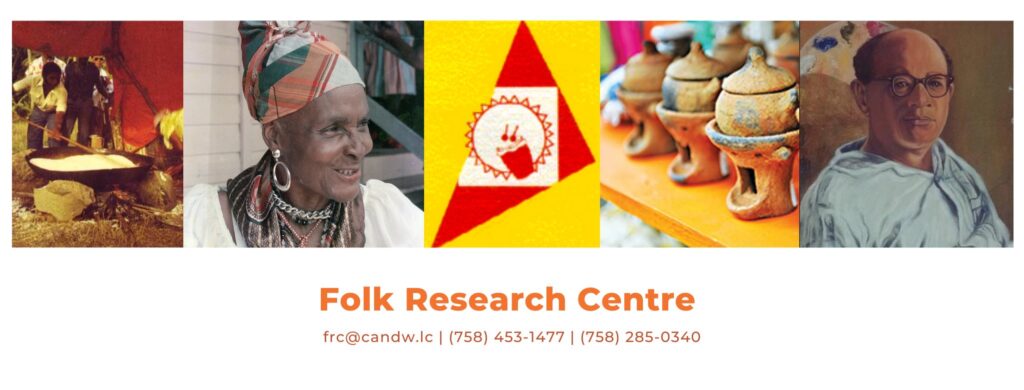
Other recent books by Jako Books
They Called Him Brother George: Portrait of a Caribbean Politician (2023)
by Dr. Anderson Reynolds
How It All Began (June 2024)
by Wulstan Poleon
Fated: A Memoir of Loss, Injustice & Triumph (forthcoming, August 2024)
by Sydney Tobierre
My Mother: A Memoir of the Enduring Human Spirit (forthcoming, May 2025)
by Anderson Reynolds
![]()

